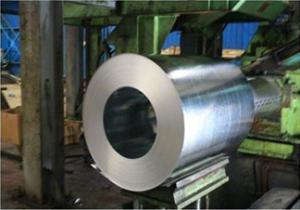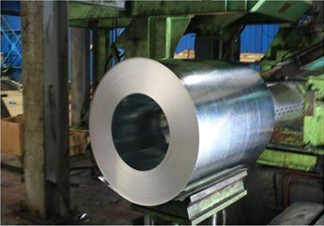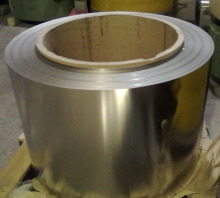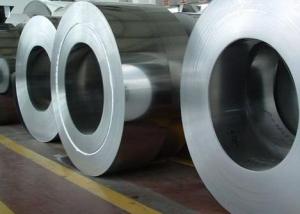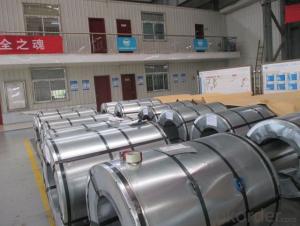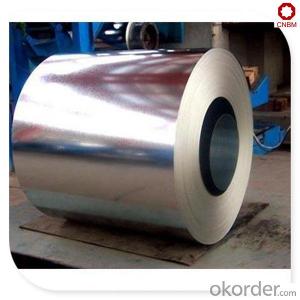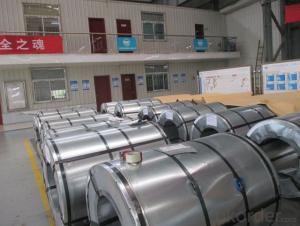stainless steel coil
OKorder Service Pledge
OKorder Financial Service
You Might Also Like
stainless steel coil
Stainless steel is a production which not easy rust,acid resistance and corrosion resistance,so it is widely used in light industry,heavy industry,daily necessities and the decoration industry.my company long term supply stainless steel porducts including:stainless steel sheet,stainless steel coil and stainless steel tube.
Article | stainless steel coil |
Specification | 1m 1.219m 1.5m or as your requirement |
Surface | 2B NO.1 BA Hairline 4K 6K 8K No.3 No.4 |
Type | coil |
Thickness | 0.3-3mm |
Brand | TISCO JISCO LISCO and so on |
Application | Foodstuff,gas,biology,metallurgy,electron,chemical,petroleum,boiler,nuclear energy, equipment fertilizeretc and so on |
Parking | Waterproof paper, steel strip packed, wooden case,or as customers's requirement |
Payment | Small quantity (within total $20000.00) T/T at sight, 30% in advance , 70% after receiving the B/L Large quantity : L/C at sight |
container size | 20ft GP:5898mm(Length)x2352mm(Width)x2393mm(High) |
Delivery Time | 15 days after received the deposit of T/T or L/C |
Note | We can produce other standard as the customers’s requirement |
A series of pictures
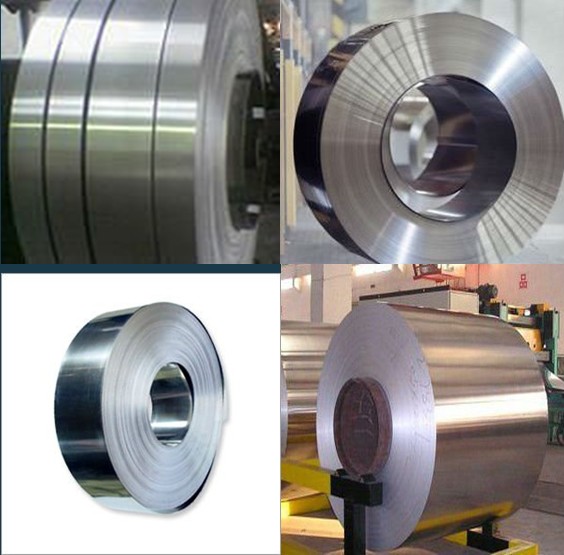
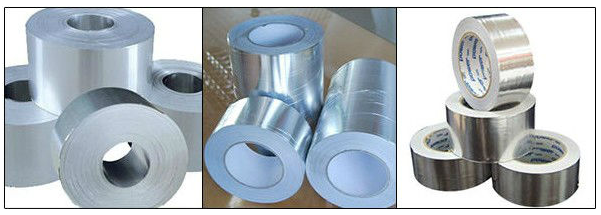
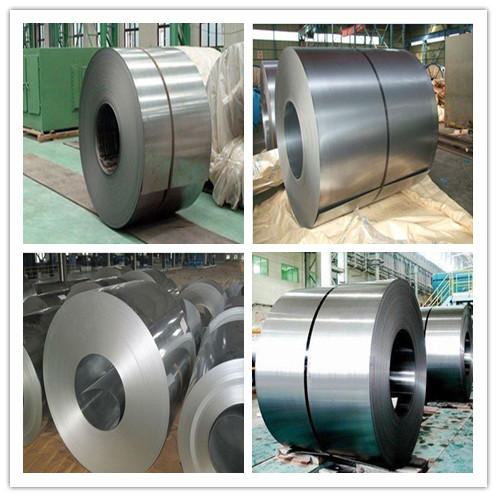
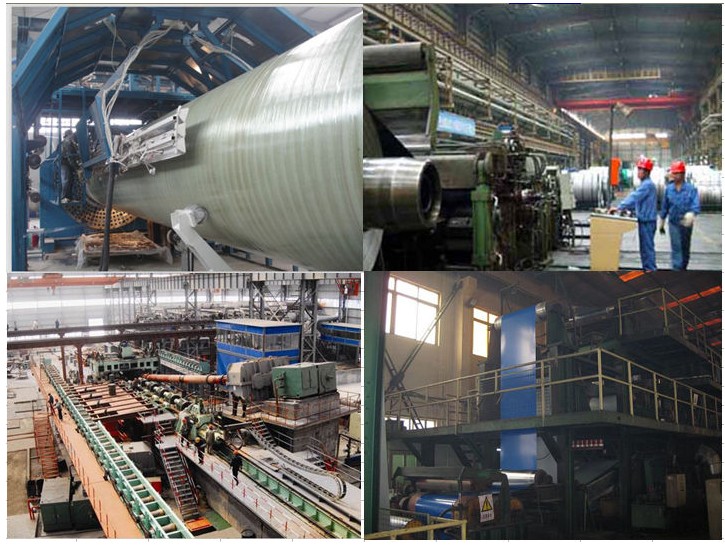
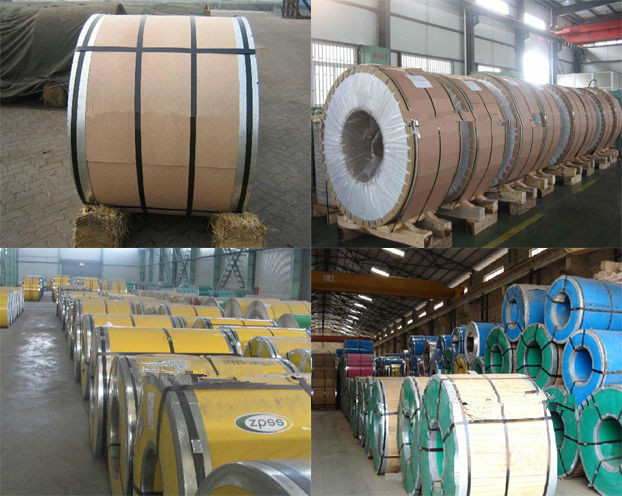

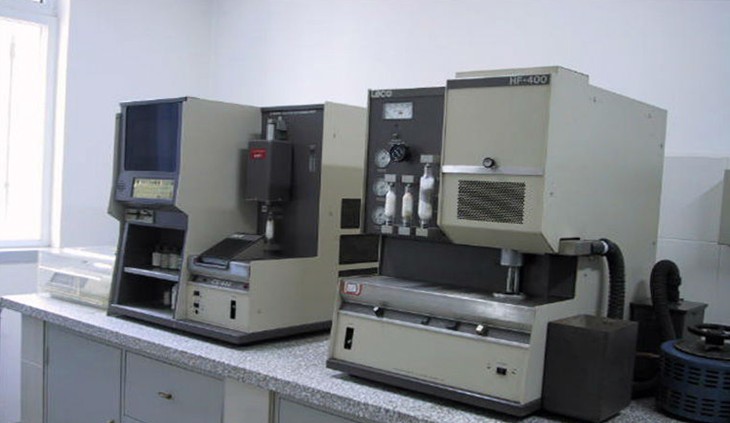
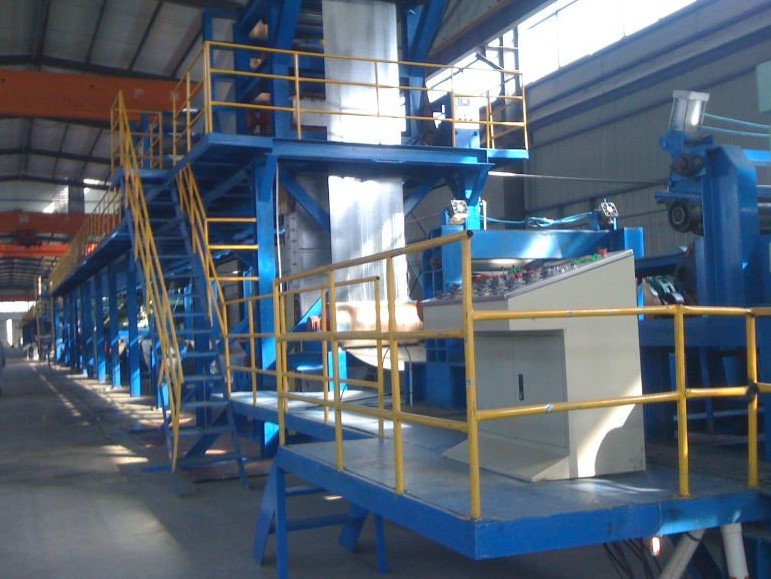
- Q: I heard on some shows that you can carbonise steel by heating it red hot then dropping it in black oil. i cant find this no where online, and the process for commercial carbon steel is totally different. can you really carbonise regular steel by heating it to red hot then dropping it in regular black oil. i saw it on mythbusters once. when the made carbon steel hammers to test if 2 hammers smashed together will shatter
- Carburized steel is not the same thing as carbon steel. All steel has carbon in it, but carbon steel is defined as Steel is considered to be carbon steel when no minimum content is specified or required for chromium, cobalt, molybdenum, nickel, niobium, titanium, tungsten, vanadium or zirconium, or any other element to be added to obtain a desired alloying effect; when the specified minimum for copper does not exceed 1.04 percent; or when the maximum content specified for any of the following elements does not exceed the percentages noted: manganese 1.65, silicon 0.60, copper 0.60. Carburizing is a surface treatment. Dropping hot steel in oil is oil quenching. It might get a little carbon in the surface, but oil quenching is mainly used as a slightly slower quenching process than water quenching, not for carburizing. Once it starts cooling down the carbon won't diffuse in. Quenching is used to change the hardness. The simplest way to carburize steel is to pack charcoal around it and heat it to 900 C or so. Industrial processes use a gas like carbon monoxide, but that's mostly just for easier process control.
- Q: How do steel coils contribute to the marine equipment industry?
- Steel coils contribute to the marine equipment industry by being a crucial component in the manufacturing of various marine equipment such as ships, boats, and offshore structures. These coils are used in the construction of hulls, decks, and other structural parts, providing strength, durability, and corrosion resistance. Additionally, steel coils are used in the production of marine equipment components like pipelines, storage tanks, and marine engines, ensuring their reliability and performance in harsh marine environments.
- Q: I need a machine which can produce steel pipes, but I don't know where to look...If you want me to state dimensions etc. just say...Thanks :)
- Gary's okorder /
- Q: How do steel coils contribute to the transportation industry?
- Steel coils contribute to the transportation industry by being used to manufacture various components and structures for vehicles, such as the body frames, chassis, and suspension systems. These coils are also used in the production of shipping containers, railcars, and cargo ships, ensuring the safe and efficient transportation of goods across different modes of transport.
- Q: What are the common packaging defects in steel coils?
- Some common packaging defects in steel coils include: 1. Edge damage: This occurs when the edges of the steel coil are not properly protected or wrapped, leading to dents, scratches, or even deformities along the edges. Edge damage can compromise the integrity of the coil and may result in reduced performance or structural issues. 2. Rust or corrosion: Steel coils are susceptible to rust or corrosion if they are not adequately protected during packaging. Exposure to moisture or harsh environmental conditions can lead to oxidation, resulting in the formation of rust spots or even widespread corrosion. This can weaken the steel and render it less suitable for its intended use. 3. Coil slippage: Improper packaging can cause the coils to shift or slip within the packaging material during handling or transportation. This can lead to misalignment, deformation, or interlocking of the coils, making them difficult to separate or use effectively. 4. Coil damage during handling: Rough handling, improper lifting techniques, or inadequate support can cause mechanical damage to the steel coils. This can result in dents, scratches, or even more severe structural damage, which may impact the functionality or performance of the steel coil. 5. Inadequate protection against impacts: Steel coils need to be adequately protected against impacts during transportation or storage. Insufficient padding or cushioning can lead to impacts or collisions, resulting in deformities, dents, or even fractures in the coil. 6. Improper coil strapping or banding: If the strapping or banding used to secure the steel coils is not properly applied or tightened, it can result in coil slippage or even complete unraveling of the packaging. This can lead to a tangled mess of steel coils, making them difficult to handle, transport, or use. 7. Insufficient labeling or identification: Proper labeling and identification are essential for efficient handling, storage, and tracking of steel coils. Inadequate or incorrect labeling can lead to confusion, delays, or even loss of the coils during transportation or storage. To avoid these common packaging defects, it is crucial to follow proper packaging guidelines, use appropriate packaging materials, provide adequate protection, and ensure proper labeling and identification of steel coils. Regular inspections and quality checks throughout the packaging process can help identify and rectify any defects before the coils are shipped or used.
- Q: How are steel coils used in the manufacturing of garage doors?
- Steel coils are used in the manufacturing of garage doors as they are the primary material for constructing the door panels. These coils are first formed into thin, flat sheets and then cut to the desired size. The sheets are then shaped and reinforced to create the panels that make up the structure of the garage door. The strength and durability of steel make it an ideal material for garage doors, providing security, insulation, and longevity.
- Q: What are the different types of steel coils?
- There are several different types of steel coils, including hot-rolled coils, cold-rolled coils, galvanized coils, and stainless steel coils.
- Q: What are the common thicknesses available for steel coils?
- The common thicknesses available for steel coils depend on the specific requirements and applications. However, there are some standard thicknesses that are commonly produced and used in various industries. Generally, steel coils can have thicknesses ranging from 0.005 inches to 0.5 inches or even more, depending on the type of steel and its intended use. For example, in automotive manufacturing, where steel coils are used for body panels and structural components, the common thicknesses can range from 0.5 mm (0.020 inches) to 3 mm (0.118 inches). In the construction industry, where steel coils are utilized for roofing, siding, and structural framing, the common thicknesses can vary from 0.014 inches to 0.062 inches, depending on the specific application and structural requirements. Similarly, in the manufacturing of appliances, such as refrigerators, washing machines, or HVAC systems, steel coils with thicknesses ranging from 0.018 inches to 0.035 inches are frequently used. It is worth noting that these are just some of the common thicknesses, and there can be variations based on the specific requirements of different industries and applications. Additionally, custom thicknesses can also be produced upon request to meet unique needs in various sectors.
- Q: Is this a strong, durable piece of steel that can take abuse? I'm thinking about using it on a small project.
- Your terms of strong and durable are not specific enough to know what you really need. Are you describing an application where you are using this as a spring or a structural support? Here is description home depot provides: Simpson Strong-Tie straps and plates join and reinforce joints with simple, versatile solutions for a wide range of connections. Available in many lengths, widths and thicknesses, YOur temcan be used on the wide or narrow face of lumber for light repairs or heavy-duty projects. Many straps are designed to be used back-to-back on a piece of lumber without fastener interference. A versatile, medium-duty strap for a variety of connections and splices Designed for use on the edge of 2x members, with a nailing pattern that reduces potential for splitting Install where plates or soles are cut, at wall intersections and as ridge ties 12 in. Length Made from 18-Gauge steel Stainless Steel offers extra corrosion resistance for exterior and treated-wood applications Install with 10d common nails If your application sounds like what they describe you should be fine. If it doesn't you may have trouble. As far as tempering your stainless I doubt you will be successful. If you take a magnet and it is not attracted to this strap, the strap is 304 SS. 304SS only gains strength through work hardening (making it thinner by rolling) Heat treating doesn't affect it.
- Q: What really is the difference between stain-less steel and iron? I only know that iron is an element, and stain-less steel is an alloy...but what else is there?
- Iron is an element. Steel is an alloy made of iron. Mild Steel, or Carbon Steel is made from at least 98% iron in a preocess that involves controlled application of heat. Other Steel Alloys contain significant ammounts of other elements. In the case of Stainless steel, these elements are Nickel and Chromium. In plain steel, the carbon content varies from 0.15% to about 1.4%. The higher the carbon content, the harder the steel is. Over 1.4% carbon, the steel becomes so hard that is also becomes brittle. Carbon content is also used to control the hardness of stainles steel. Because Stainless steel is corrosion resistant, it is often used for making food preparation equipment. Aluminum is NOT a common element in steel. Aluminum reacts to silicon content similarly to the way Iron reacts to carbon content. High strength Aluminum alloys often contain Magnesium.
Send your message to us
stainless steel coil
OKorder Service Pledge
OKorder Financial Service
Similar products
Hot products
Hot Searches
Related keywords
